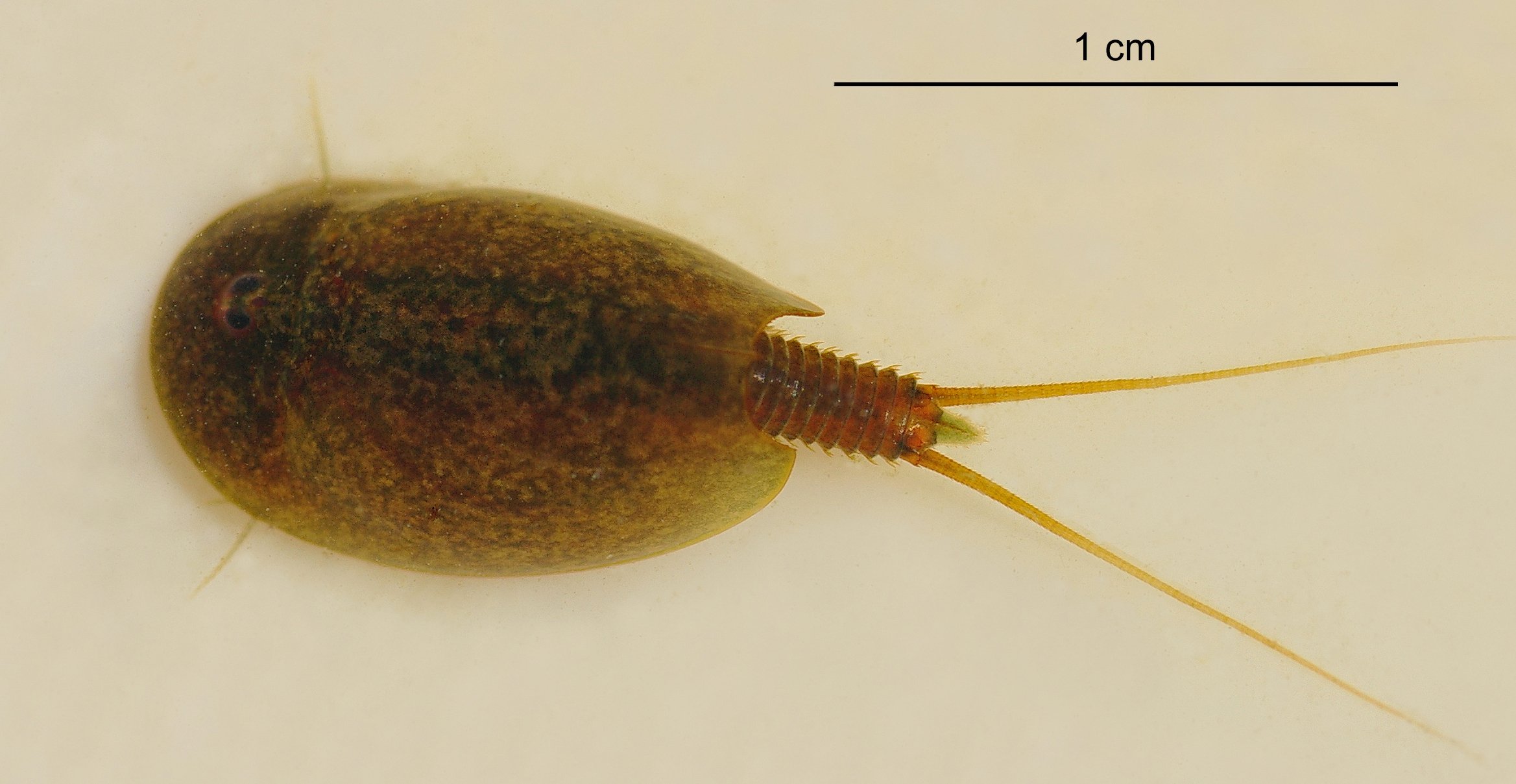WITH three eyes, hundreds of legs, and elongated antennae, these critters are not going to win any beauty contests. Yet they are fascinating organisms. In fact, they are the oldest living species on planet earth – 300 million years old (you read that correctly)– out-surviving dinosaurs, mammoths, and mastodons by a long chalk.
Known in everyday vernacular as tadpole shrimp and scientifically as triops cancriformis, these are extreme survivors.
Here are some fun facts:
Throughout its 300-million-year history, the triops’ skeletal structure has remained unchanged. Today’s tadpoles are virtually indistinguishable from their distant ancestors.
They can survive floods and droughts, boiling water and ice and are found in the Arctic as well as geothermal waters. They can survive Hiroshima-type radiation because their eggs are able to go dormant for centuries until more favourable conditions resume. Uniquely, triops build ‘egg banks’ enabling their population to persist through bad times. And experiments have shown that the tadpoles can even survive in space!

Photo: Wikipedia.
They can self-fertilize as they possess both testes and ovaries. First described by Charles Darwin, this reproductive mode has the advantage of allowing a single individual to perpetuate the population.
But all is not well with these crustaceans. In spite of the remarkable survivability of the species, there has been a progressive disappearance of the tadpole shrimp. Declining habitat, landscape changes, poisons and pesticides, and climate change have all drastically modified their populations.
However, recent research by Valencian scientists dedicated to saving the tadpole shrimp shows there is hope.
Local Valencian ministries, in concert with several Valencian universities, have taken an active role in protecting and preserving the population of Triops. The Valencian Ministry of Climate Emergency and Ecological Transition has begun breeding them in laboratories and rebuilding new populations in local protected areas. They have achieved success in the Natural Park of the Sierra de Espadan (Castellon) and in Albufera National Park near El Palmar, Valencia.
In parallel, local university students have received national and international recognition for their research into the issue. Student scientists at the Santa Maria Vila-Real School won national acclaim for their study entitled Triops Cancriformis: How to survive Climate Change. Their project received a medal at the prestigious Science Genius Olympiad in New York.
Meanwhile, student scientists at the University of Valencia, working with the Valencian Wildlife Service, have developed a ‘thermal insulator’ and provided further evidence that the species has survived due to the incredible resistance of its eggs.
Collectively, as a result of these efforts, triops –-the bizarre-looking tadpole – will soon be a protected species, incorporated into the official Valencian Catalogue of Threatened Fauna Species.
Given the threat to today’s habitat and climate, the need to pursue and understand the attributes of an extreme survivor is paramount. Carl Sagan once famously said, ‘extinction is the rule, survival is the exception’. Given the work done by the Valencian scientific community, let’s hope that the tadpole shrimp, can challenge Sagan’s theory – at least for the next 300 million years.
READ MORE:
- Wind of change: Two sides of the ecologist movement clash as Spain debates renewable energy
- Fugitive known as ‘Requena Rambo’ refuses to testify as trial opens in Spain’s Teruel
- World Water Day: What you should know about the rain in Spain
Click here to read more Jack Gaioni: Jack's Corner News from The Olive Press.








